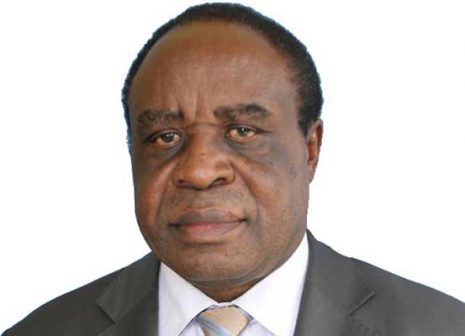×
The Standard e-Paper
Read Offline Anywhere

Examinations are contentious since they are a vital instrument for determining the student’s prospects for further education and employment.
Thus the previous happenings of massive cheating and the subsequent exaggerated scores tore at the core of our social and economic fabric in proportions that impact negatively on the workings and happenings of this nation.